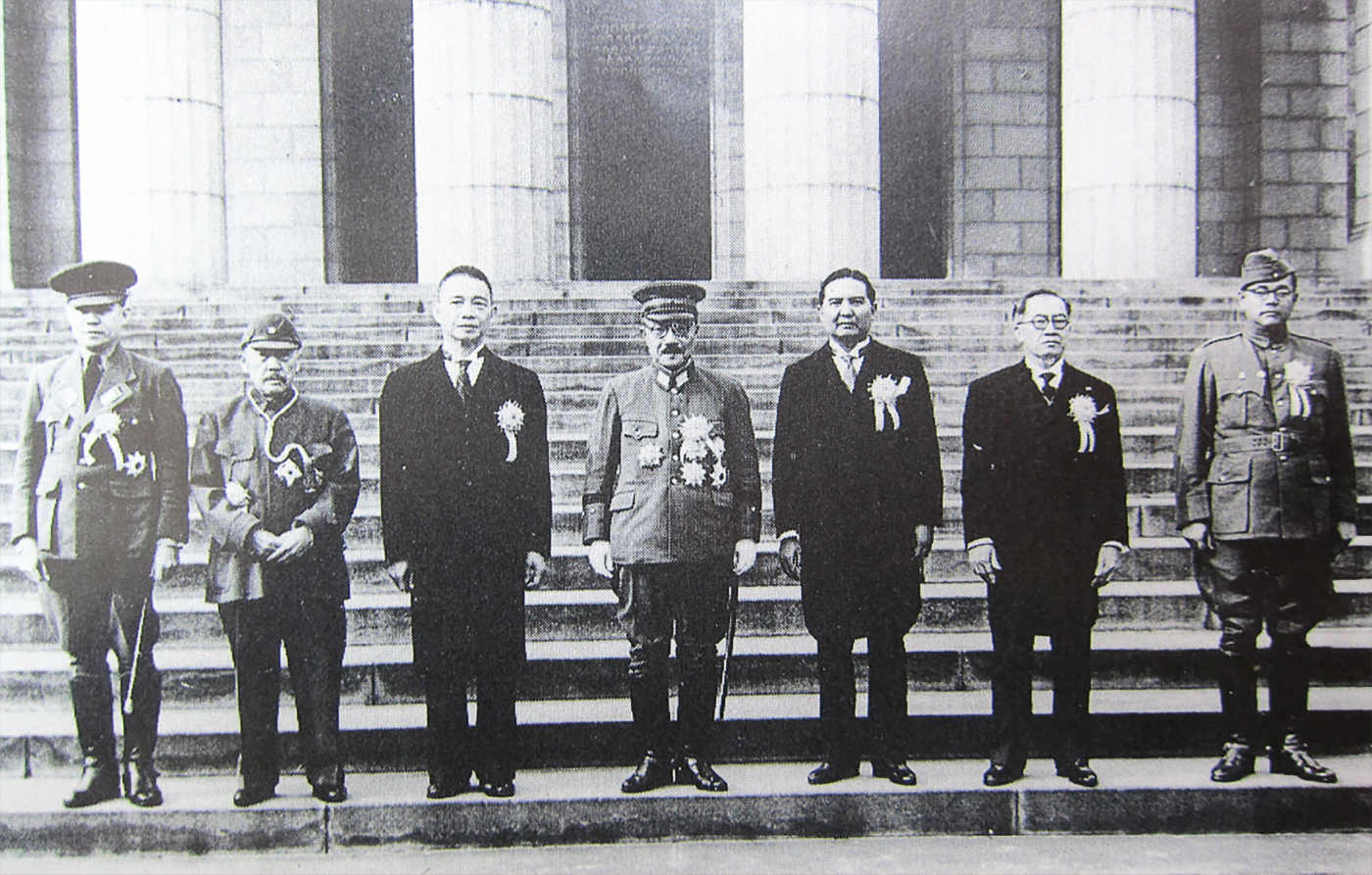In 1906, England launched the HMS Dreadnought. Although it bore the name of a half dozen ships before it, this Dreadnought was so much more powerful than its predecessors that it became the gold standard of power on the seas, ushering in a new generation of warships with bigger guns and steam turbine power plants. Germany immediately set aside 940 million Marks to build Dreadnoughts of its own, forcing further British naval expenditures. Warships were built; weapons were stockpiled.
Less than a decade after its unveiling, the Dreadnought would be pressed into service in the North Sea to challenge Germany in World War I.
In 2012, China christened its first aircraft carrier Liaoning and successfully landed a plane on it. The year before, Chinese hackers allegedly stole LockheedMartin designs for F-35 fighter jets, one of many suspected militarily-motivated cyber attacks. In late 2013, reports surfaced of China testing its first stealth drone. And according to state media, China recently announced its intention to build a 110,000-ton ‘super aircraft carrier,’ a nuclear-powered behemoth capable of challenging the largest carriers in the United States fleet. “Political power grows out of the barrel of a gun,” Mao Zedong once said, and his 21st century successors have heeded his words.
To the outside observer, East Asia today seems similar to pre-World War I Europe: a fiercely nationalistic region characterized by large egos and even larger standing armies. An escalation of tensions, some could argue, is inevitable as China muscles onto the world stage and asserts itself as more than a source of cheap goods and cheaper labor. With an army of over 2 million active personnel, China seems to be willing to use the threat of military power to strengthen itself relative to its neighbors and foes.
In November, China declared a new air-defense zone over the East China Sea, prompting America, Japan, and South Korea to send planes unannounced over the waters. Cambodia, previously a steadfast Chinese ally, responded to the Chinese move by deepening its relationship with Japan and joining other Asian countries in a pledge to protect freedom of aviation. The Philippines launched an official legal challenge to China’s new territorial claims at a U.N. tribunal.
China is not the only nation beating its war drums and dictating a tense tone in the region. In late December, Japanese Prime Minister Shinzo Abe visited the controversial Yasukuni war shrine, which bears the name of 14 war criminals, angering Japan’s neighbors as well as the United States. Abe is the most nationalistic prime minister Japan has had in decades, “obsessed with history issues,” unapologetic about Japan’s past, and eager to see it restored to its former glory.
North Korea, furthermore, rattles its million-man saber at South Korea on a routine basis, all the while expanding its nuclear arsenal and developing ballistic missiles. This past spring, North Korea issued a string of threats, and restarted a plutonium reactor just two months ago. More recently, the nation sent a menacing fax message to its southern neighbor, threatening a “merciless” attack in an apparent response to demonstrators in Seoul.
Prior to World War I, a newly unified Germany, too, was eager to show off its newfound strength. As early as 1862, Prussian Prime Minister and German Chancellor Otto von Bismarck declared, “Not through speeches and majority decisions will the great questions of the day be decided, … but by blood and iron.” A series of regional wars demonstrated his intent, and European nations began to form alliances with one another. Germany allied with Austria-Hungary and Italy, prompting France to form the Triple Entente with Russia and Britain. Italy had also secret relationships with France and Russia, adding another layer of subterfuge to the prelude of WWI.
East Asia already has its systems of alliances. The United States is obligated by treaties to defend its allies, including Japan, South Korea, and the Philippines. America and Japan, in fact, announced in October a deepening of their alliance. China, Russia, and North Korea are at least implicitly and historically allied to one another, each seeking to expand its influence at the expense of both the United States and other, weaker Asian nations. To further complicate matters, Japan and South Korea hardly see eye-to-eye, particularly regarding their own territorial disputes, and China holds its allies at arm’s length.
Perhaps the world is less willing than it once was to plunge itself into war. But if there is a powder keg today, it lies not near the Adriatic but by the East China Sea. The egos have returned, the nationalism never left, the militarization is only moving forward. Bismarck’s blood and iron, Mao’s barrel of a gun, all of it is back. The rest of the world is watching, waiting to see if a trigger will be pulled.
Image Credits: Wikimedia Commons
